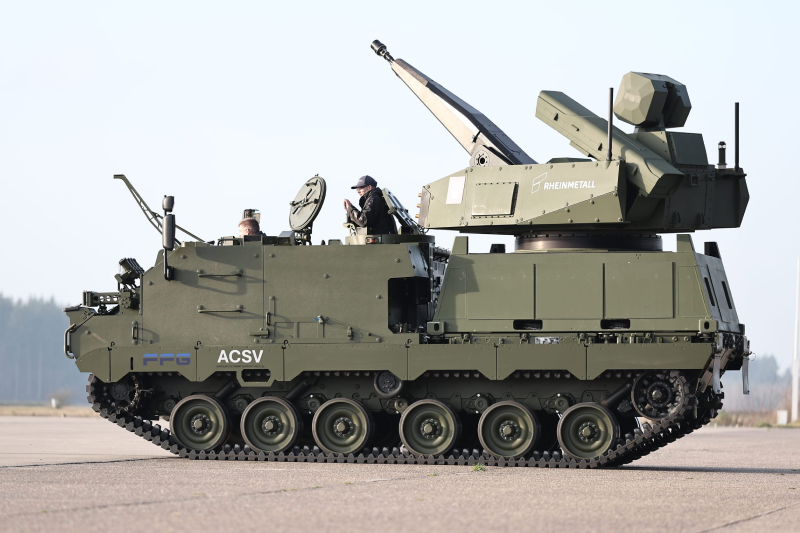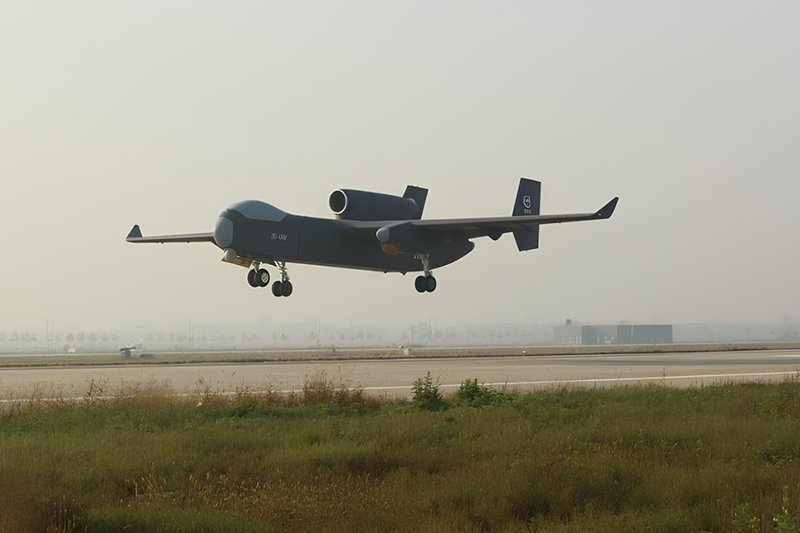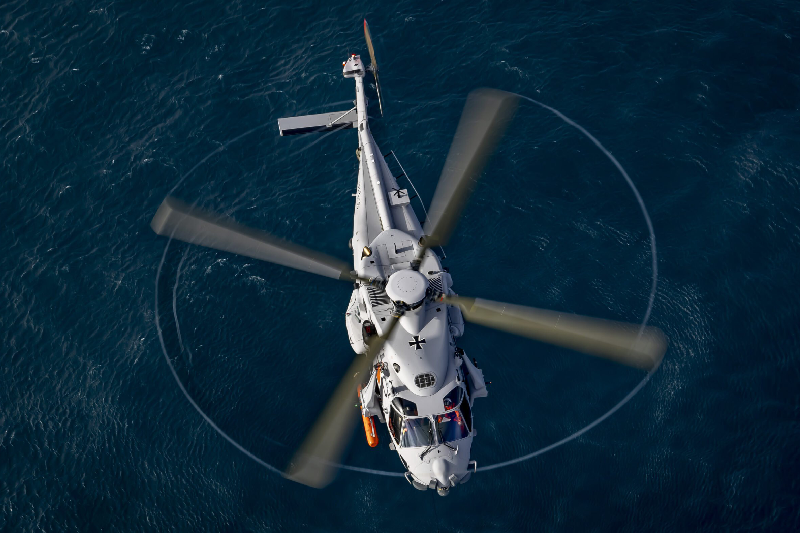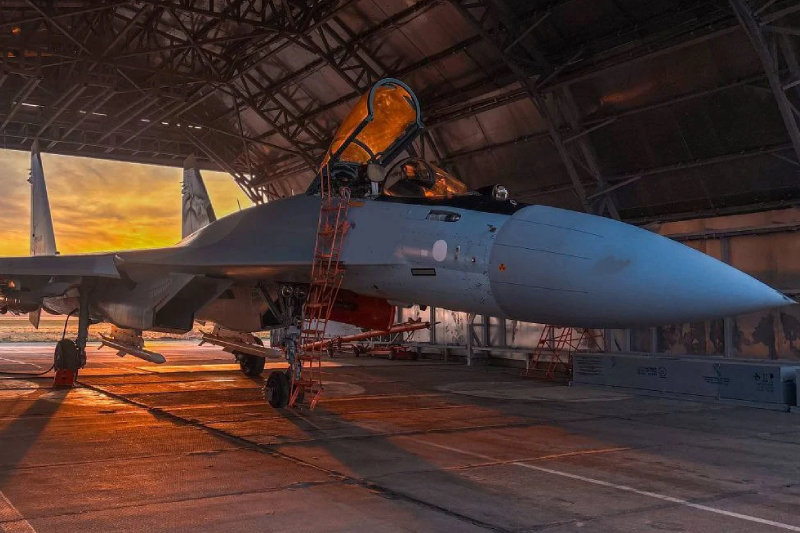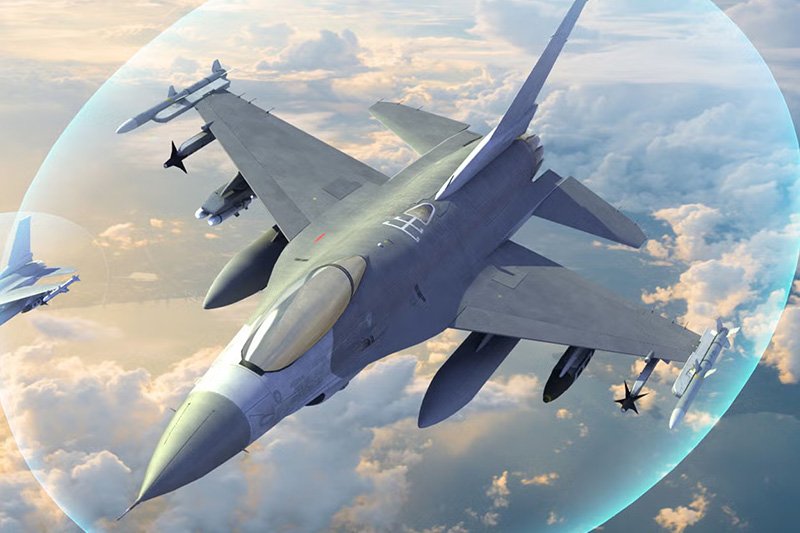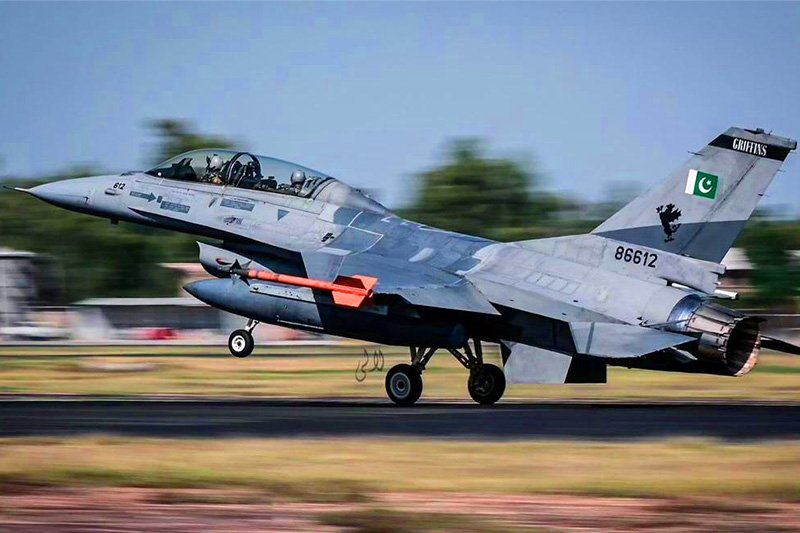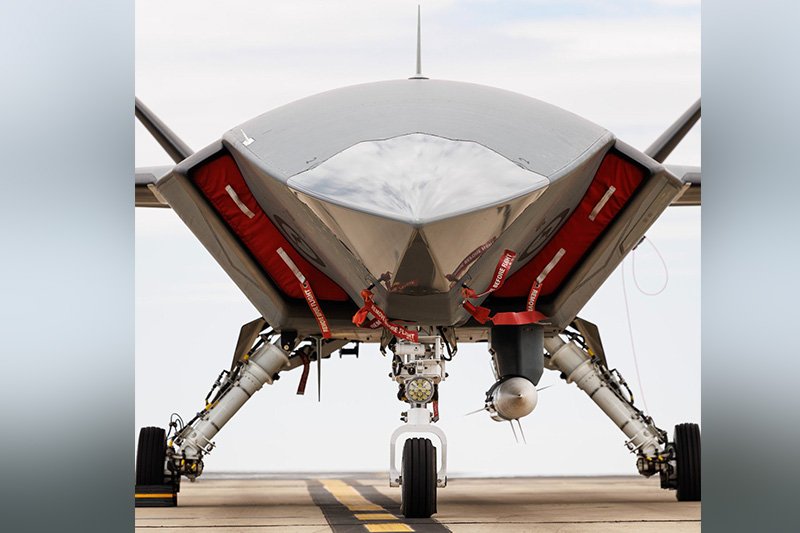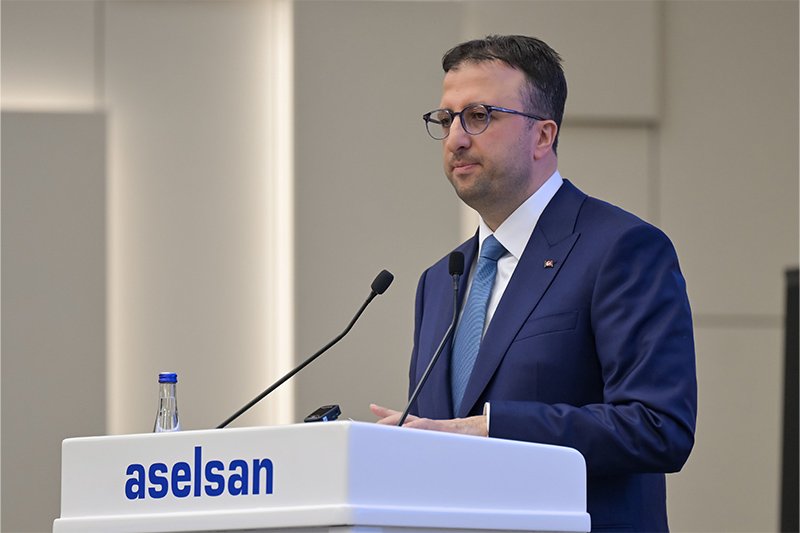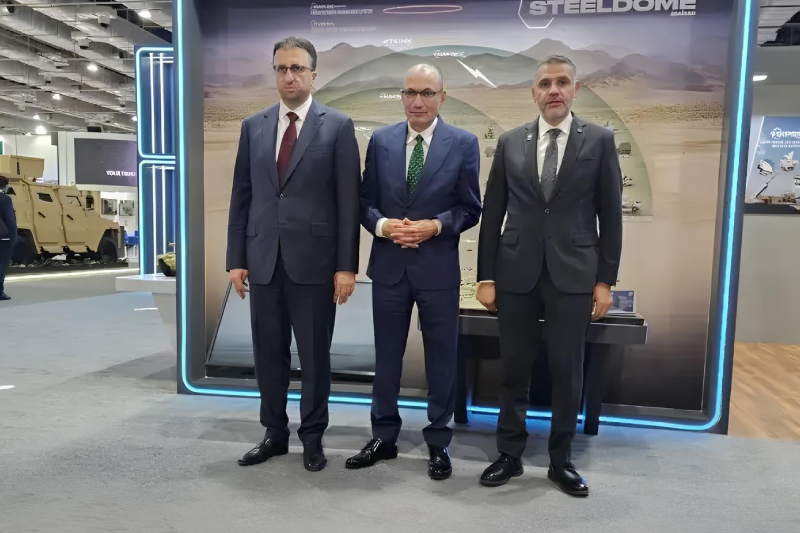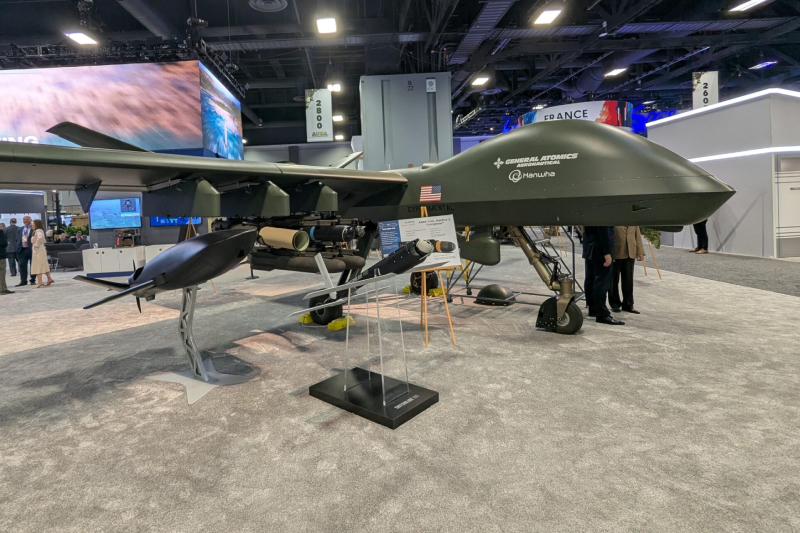Hanwha Joins GA-ASI to Build Tactical Unmanned Aircraft
South Korean Hanwha Aerospace has signed a comprehensive joint development agreement with General Atomics Aeronautical Systems, Inc. (GA-ASI) to co-develop and co-produce the Gray Eagle STOL unmanned aircraft system, marking a significant expansion of international tactical drone manufacturing capabilities. The partnership announced during the AUSA 2025 exhibition in Washington, D.C., will see both companies collaborating on the Gray Eagle STOL unmanned aircraft demonstrator with maiden flight targeted for 2027 and initial deliveries expected in 2028. This strategic collaboration establishes South Korea as a key production center for advanced unmanned systems while providing GA-ASI with expanded global manufacturing capacity and market access.
Strategic Partnership Formation
The contract was signed by Sun Kim, Senior Executive Vice President of Hanwha Aerospace, and Dave Alexander, President of GA-ASI, during a formal ceremony at the Association of the United States Army’s annual exhibition. This high-profile signing demonstrates both companies’ commitment to the partnership and its strategic importance.
The agreement represents GA-ASI’s first major international co-production partnership for tactical unmanned aircraft, reflecting confidence in Hanwha’s manufacturing capabilities and South Korea’s defense industrial infrastructure. The collaboration creates a model for future international defense industrial cooperation.
Demonstrator Development Timeline
Under the agreement, both companies will collaborate on a GE-STOL demonstrator aircraft with maiden flight targeted for 2027 and initial deliveries expected in 2028. This aggressive timeline reflects the program’s advanced development status and both companies’ commitment to rapid capability fielding.
According to GA-ASI, flight testing of a prototype is already underway, reducing development risk and accelerating the path to operational deployment. The existing prototype experience provides validated performance data that informs production aircraft design and manufacturing planning.
Joint Investment Commitment
GA-ASI President David R. Alexander emphasized both companies’ commitment to investing in the project and building development and production capabilities in South Korea. This joint investment approach ensures shared risk while creating sustainable industrial capabilities.
The investment strategy leverages expertise from both companies to quickly bring the Gray Eagle STOL to global customers. Combined capabilities enable efficient development processes while ensuring production quality meets international military standards.
Component Production Responsibilities
Hanwha will be responsible for delivering core components including engines, landing gear, avionics, fuel systems, and mission equipment. This comprehensive component responsibility demonstrates Hanwha’s advanced manufacturing capabilities across critical aircraft subsystems.
The component production arrangement creates substantial technology transfer opportunities while establishing Hanwha as a significant supplier within the Gray Eagle industrial base. This role positions Hanwha for potential participation in other GA-ASI programs.
South Korean Production Facility
Hanwha plans to establish a domestic production facility in South Korea to manage final assembly operations, creating a complete indigenous production capability for tactical unmanned aircraft. The facility will provide employment opportunities while building domestic expertise in advanced aerospace manufacturing.
The domestic facility enables Hanwha to support regional customers efficiently while reducing logistics costs and delivery timelines. Local production also satisfies potential offset requirements from international customers seeking industrial participation.
System Integration Oversight
GA-ASI will oversee system integration ensuring Gray Eagle STOL aircraft meet performance specifications and quality standards. This integration oversight leverages GA-ASI’s extensive experience with unmanned systems while ensuring consistency across production locations.
The division of responsibilities between component production and system integration creates clear accountability while enabling efficient workflow management. This structure proves particularly effective for international co-production arrangements.
Workforce Development Objectives
Hanwha Aerospace CEO Jae-il Son emphasized that co-producing GE-STOL in South Korea and the United States will create jobs and help Hanwha secure talent in related fields while fostering domestic UAS industry ecosystems. Workforce development proves essential for sustainable defense industrial capabilities.
The talent development focus ensures South Korea builds human capital necessary for continued unmanned systems advancement. Technical expertise developed through this program will support future indigenous development initiatives.
Comprehensive UAS Company Vision
CEO Son stated that Hanwha aims to become “a comprehensive UAS company capable of executing everything from design to production and maintenance.” This ambitious vision positions Hanwha as a full-spectrum unmanned systems provider rather than simply a component manufacturer.
The comprehensive capability development supports Hanwha’s broader strategic objectives in global defense markets. Complete lifecycle capabilities enable Hanwha to compete effectively for international unmanned systems contracts.
Runway Independence Capability
The GE-STOL platform stands apart from conventional unmanned systems by offering full runway independence, enabling operations from semi-prepared surfaces such as dirt roads, beaches, fields, or parking lots. This operational flexibility dramatically expands deployment options compared to conventional runway-dependent systems.
Runway independence proves particularly valuable for expeditionary operations where traditional infrastructure may be unavailable or compromised. The capability enables forward deployment that enhances tactical responsiveness and operational tempo.
Modular Open Systems Architecture
The aircraft features modular open systems architecture enabling mission equipment reconfiguration to support varied operational requirements including reconnaissance, counter-UAS, and Manned-Unmanned Teaming (MUM-T). This architectural flexibility ensures long-term operational relevance despite evolving mission requirements.
Open architecture enables technology insertion and capability upgrades throughout the aircraft’s service life. This approach reduces obsolescence risks while enabling cost-effective modernization as new technologies become available.
Naval Operations Demonstration
In November 2024, a GE-STOL demonstrator named Mojave successfully took off and landed aboard the South Korean Navy’s amphibious assault ship ROKS Dokdo. This demonstration validated the system’s naval aviation capabilities and opened new operational concepts for amphibious warfare.
Naval operations capability significantly expands the platform’s potential customer base to include naval forces seeking organic unmanned reconnaissance and strike capabilities. The demonstrated capability positions GE-STOL uniquely among tactical unmanned systems.
International Naval Testing
The demonstrator has also been deployed from the Royal Navy’s HMS Prince of Wales, demonstrating international naval force interest and validating operations from different ship configurations. These international demonstrations build credibility while generating interest from additional naval customers.
Multiple naval platform demonstrations reduce customer risk perceptions by proving operational viability across varied ship types and operating environments. This extensive validation supports marketing efforts in international naval markets.
Live-Fire Testing Validation
The system participated in live-fire testing at Yuma Proving Ground, validating weapons employment capabilities essential for strike missions. Live-fire demonstrations prove critical for establishing credibility with potential military customers requiring lethal capabilities.
Weapons employment validation ensures the platform can effectively support combat missions rather than being restricted to reconnaissance roles. This multi-role capability enhances value proposition for military customers seeking versatile platforms.
Dirt Strip Operations Success
The aircraft has successfully operated from dirt strips in earlier trials, confirming its advertised rough-field capabilities under realistic operational conditions. Dirt strip operations prove the system can function in austere environments typical of expeditionary military operations.
Successful rough-field demonstrations validate marketing claims while building customer confidence in the system’s operational flexibility. This proven capability differentiates GE-STOL from competitors requiring prepared surfaces.
Global Customer Appeal
Both companies expect the GE-STOL to appeal to militaries seeking flexible, modular, and forward-deployable unmanned capabilities that can operate without traditional infrastructure. This customer profile includes both developed nations seeking expeditionary capabilities and developing nations with limited infrastructure.
The forward-deployable characteristics prove particularly attractive for coalition operations and distributed operations concepts emphasizing resilience and flexibility. These operational advantages position GE-STOL competitively in international markets.
Also read this: Chinese Combat Drones Cross 5,000 Flight Hours In Saudi Arabia
Market Expansion Strategy
The partnership enables GA-ASI to access Asian markets more effectively while providing Hanwha entry into tactical unmanned systems markets. This mutual market expansion benefits both partners through complementary geographic strengths and customer relationships.
South Korean production enables more competitive pricing for regional customers while satisfying offset requirements common in Asian defense procurement. This strategic positioning enhances competitiveness against Chinese and Israeli unmanned systems prevalent in Asian markets.
Technology Transfer Benefits
The co-production arrangement provides substantial technology transfer to South Korea, advancing domestic unmanned systems capabilities while strengthening the bilateral defense industrial relationship. Technology transfer proves mutually beneficial by creating capable partners supporting shared security objectives.
The transferred expertise will inform future South Korean indigenous unmanned systems development while creating interoperability with American systems. This alignment strengthens alliance cooperation and operational integration during combined operations.
Keep connected with us at Facebook, Twitter, YouTube, Instagram & TikTok for latest defense happening around the globe.
Discover more from International Defence Analysis
Subscribe to get the latest posts sent to your email.


